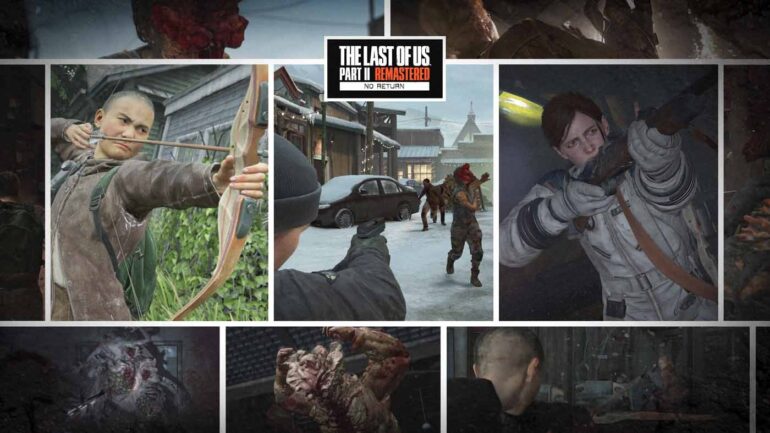The Last of Us Part II Remastered is upon us and one of the all-new package’s bigger additions, among the obvious graphical enhancements and some neat extras like the Lost Levels content and Guitar Freeplay, is an entirely new mode of play dubbed No Return. This roguelike-inspired spin on the game puts players in the shoes of any of 10 characters from The Last of Us Part II and into self-contained runs made up of branching and randomised encounters where staying alive means amassing new items, skills and upgrades while dying means starting again from scratch.
Of course, it’s likely quite apparent to anyone who’s played The Last of Us Part II that there’s a distinct tonal dissonance in having a mode that spins the harrowing violence of the game into a veritable funhouse of bloody action, but I think that’s exactly why it’s good that Naughty Dog has opted to keep this entirely separate with no connection to the story proper and no emotional stakes. If the remaster has you intrigued to dive back into the exciting parts of game but you’re not quite ready for all of that, No Return has all of the thrills without the themes. Video games, right?
It’s a novel idea then, and one that offers up a steady stream of surprising moments thanks to its random nature and the unfamiliarity, at least early on, of playing as new characters with their own quirks and advantages. We’ve been having a ton of fun in No Return over these past few weeks as we review the remaster, especially the more chaotic moments where things like Mods and Gambits come into play to really change how the game is played.
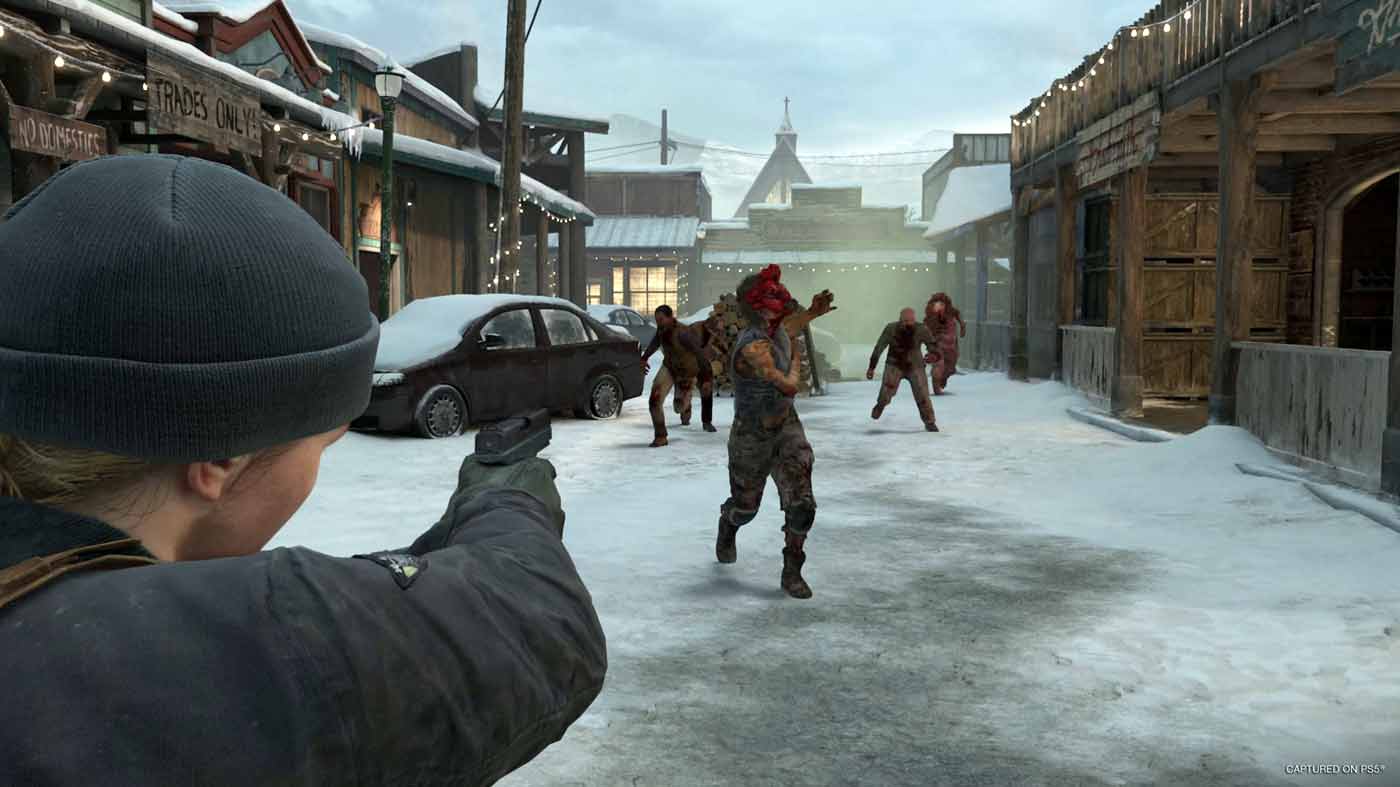
It also serves as a stark reminder of just how strong combat is in The Last of Us Part II, especially when it comes to enemy behaviours and how gameplay systems intersect and react in real-time. For Matthew Gallant, who was previously Lead Systems Designer on the original version of The Last of Us Part II before stepping up as Game Director on The Last of Us Part I as well as the Part II Remaster, that’s a big part of how the studio came to embrace the idea of a roguelike.
“I knew that we had these very, very robust combat systems and that we assembled the game a certain way, you know, with combat encounters that were there to serve the story and to serve that narrative,” the now-Game Director explains, with the ways in which the team tested enemy AI in contained scenarios sounding like a sure inspiration for No Return’s randomised encounters. “We would just throw them in a level and they’re very, very smart about spatial analysis and understanding how to fight in the space, how to surprise you, and flank you, and hold down positions and stuff like that. So it was like, here’s one way that we’ve assembled this kit, so to speak, this you know, LEGO kit, or something like that. But we could take those same blocks and make a whole bunch of new interesting scenarios with them that would surprise players or throw them into situations they might not have expected.”
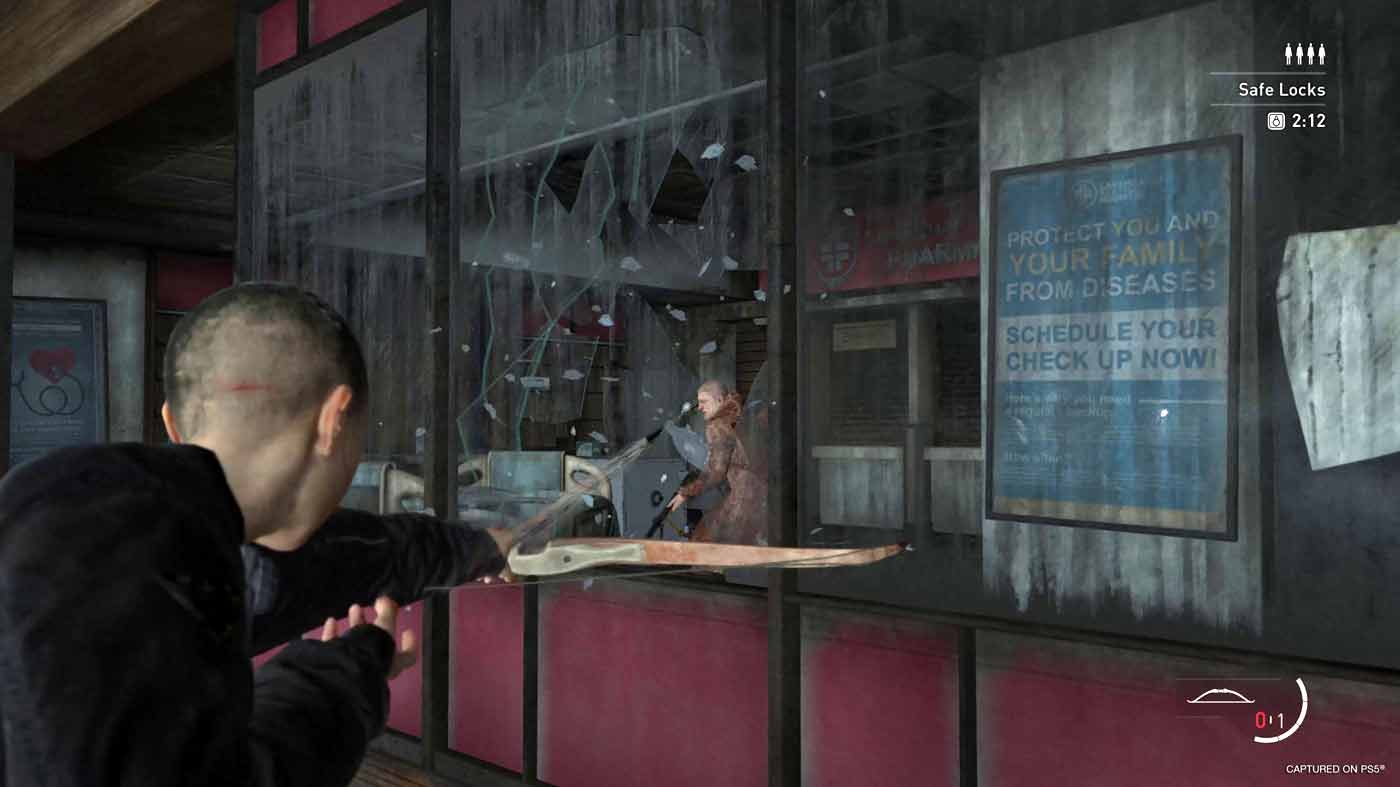
In a more direct fashion, the studio simply felt that roguelikes were in and that there was plenty of room to make the core concepts work for The Last of Us. “I think we took a lot of inspiration from just looking at the roguelike genre, that’s kind of exploded in like the last five years,” Gallant says. “There’s been all these amazing takes on what a roguelike is. And you can see that that’s kind of a container that, you know, you can have a card game roguelike, you can have a platformer roguelike, I even played a hockey roguelike at one point (Editor’s Note: Yes, hockey roguelikes are real!). There’s just a very, very flexible structure.”
While plenty of players relish the challenge of The Last of Us games and their Grounded and/or Permadeath difficulty options, crafting No Return wasn’t just about pleasing the gaming masochists among us but also offering an experience where death doesn’t mean a restart as much as it does a new start with fresh scenery, obstacles and strategies each time.
“One of the things that I think that roguelikes do really well is they add a sense of stakes to combat,” Gallant tells me. “If you’re playing one of the main story encounters, and you’re low on health and you’re behind cover, you have a sense of tension and your palms might get sweaty from that but like, you’ll know in the back of your head, ‘Oh, I got a checkpoint a minute ago.’ There’s a certain safety net to what you’re playing that you’re gonna feel, versus in No Return and a roguelike when you’re on map four, and you’re at low health and enemies are beating down on you with a rifle, you’re really going to feel like, ‘If I mess this up, if I don’t play my cards right here, I’m losing this run, this whole 20 minutes that I’ve been playing.’ It really gets your heart racing and gets you excited. And I love going after that feeling in combat, giving it that really interesting flavour, really giving an interesting type of pressure on the player.”
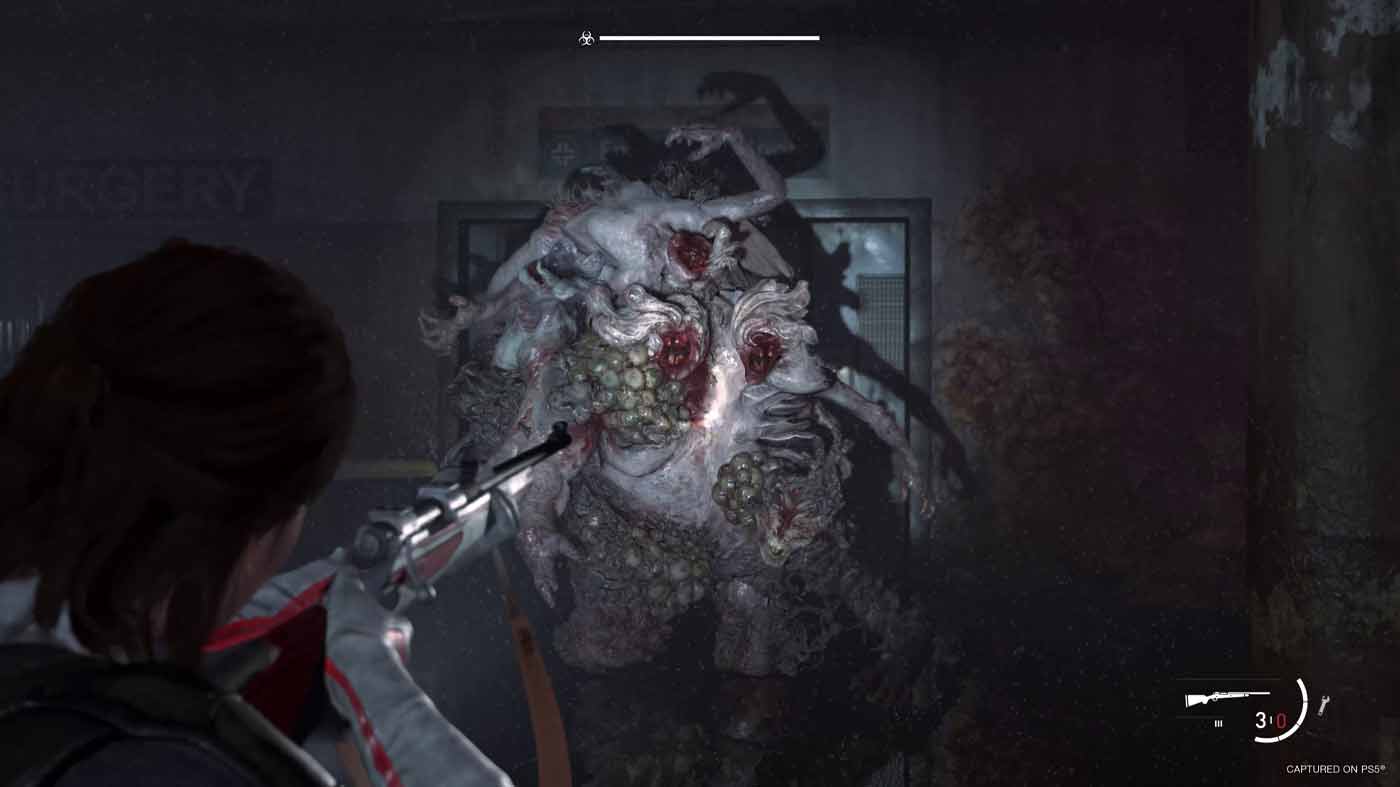
“But that pressure is then paired with, the stakes are also lower when you die. Because what’s going to happen is we’re going to reroll your run and give you a whole fun new random challenge every time you die. So that almost like, soothes the pain of dying in one of these runs. It’s knowing, ‘Well, okay, I died. But now here’s a whole new fun challenge. Here’s a new set of combinations of maps, and factions and mods.'”
And these constantly-changing and evolving encounters even continue to surprise the folks developing them, with Gallant saying he’ll still come across situations that upend his intrinsic knowledge of the game, like Shamblers dropping pipe bombs on death or even invisible enemies that can only be seen by shining a flashlight on them to create shadows. “I know the fights from the main game like the back of my hand, I’ve played them so many times during the development of the original game – being thrown into these situations where I really have to think on my feet, where I can’t just go through the muscle memory or rely on the strategies I always use in these fights.
“I just feel like for people who really love The Last of Us’ combat – and I think The Last of Us Part II has, you know, not tooting our own horn, but it has really great combat – this is just a way to really richly dive into that and to throw the player into situations where they have to think on their feet, they have to plan, they really have to dig into the full breadth of the mechanics to respond to what the game is throwing up.”
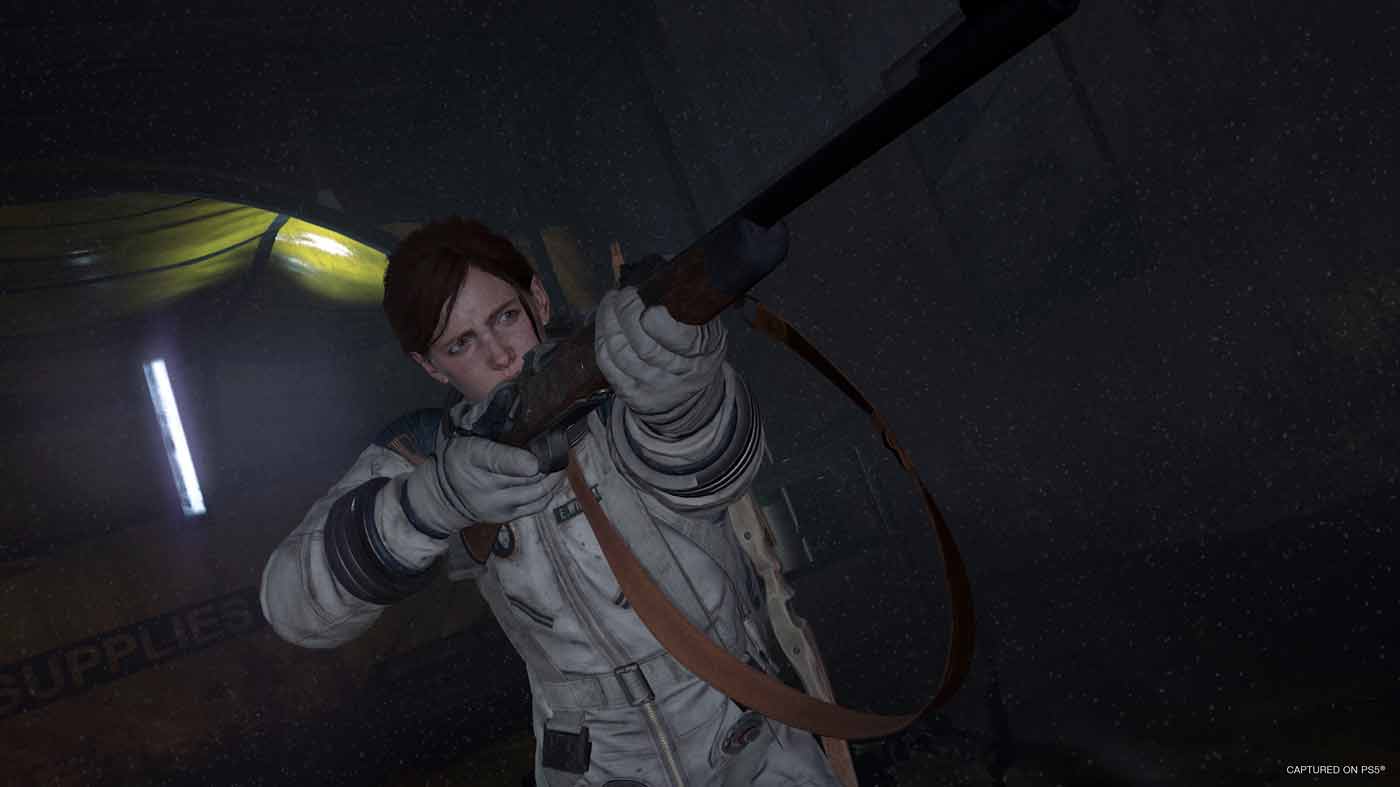
Of course, new challenges and ideas aren’t the only facet of No Return for The Last of Us fans to be excited about, because the mode also offers players the opportunity to step into the shoes of a number of the game’s incredible characters for the very first time. There are 10 playable in total including the obvious Ellie, Abbie and Joel but also featuring the likes of Tommy, Dina, Jesse, Manny, Mel, Lev and Yara. I ask Gallant to describe both how the team settled on these 10 in particular and what sort of work went into making them compelling and authentic as characters.
“When we were looking at which characters to add to No Return, there were two things I think we were really seeking to do with the way we develop their base kits, the Game Director answers. “The first one was that we wanted to have characters that reflected the breadth of the combat mechanics in The Last of Us because The Last of Us, you know, has melee, it has stealth, it has gunplay, it has crafting, it has all these upgrade systems. So we wanted characters that really emphasised different parts of the combat mechanics so that if you were, let’s say, I’m a stealth player myself, that tends to be what I do by default, so I can play as Lev and double down on the way that I like playing, or I can be very, very different and play as Manny or as Abby or as Joel and be like, ‘No, I’m going to be in the thick of things, I’m going to be in the rumble, in the mix.’
“I think that’s one opportunity here is not only can you double down on the playstyle you’re very comfortable with but if you’re really exploring the breadth of the game you’re going to be pushed to explore mechanics that you might not have done a lot of in the main game, maybe it wasn’t your natural way of playing, but you might discover it’s actually really fun.”
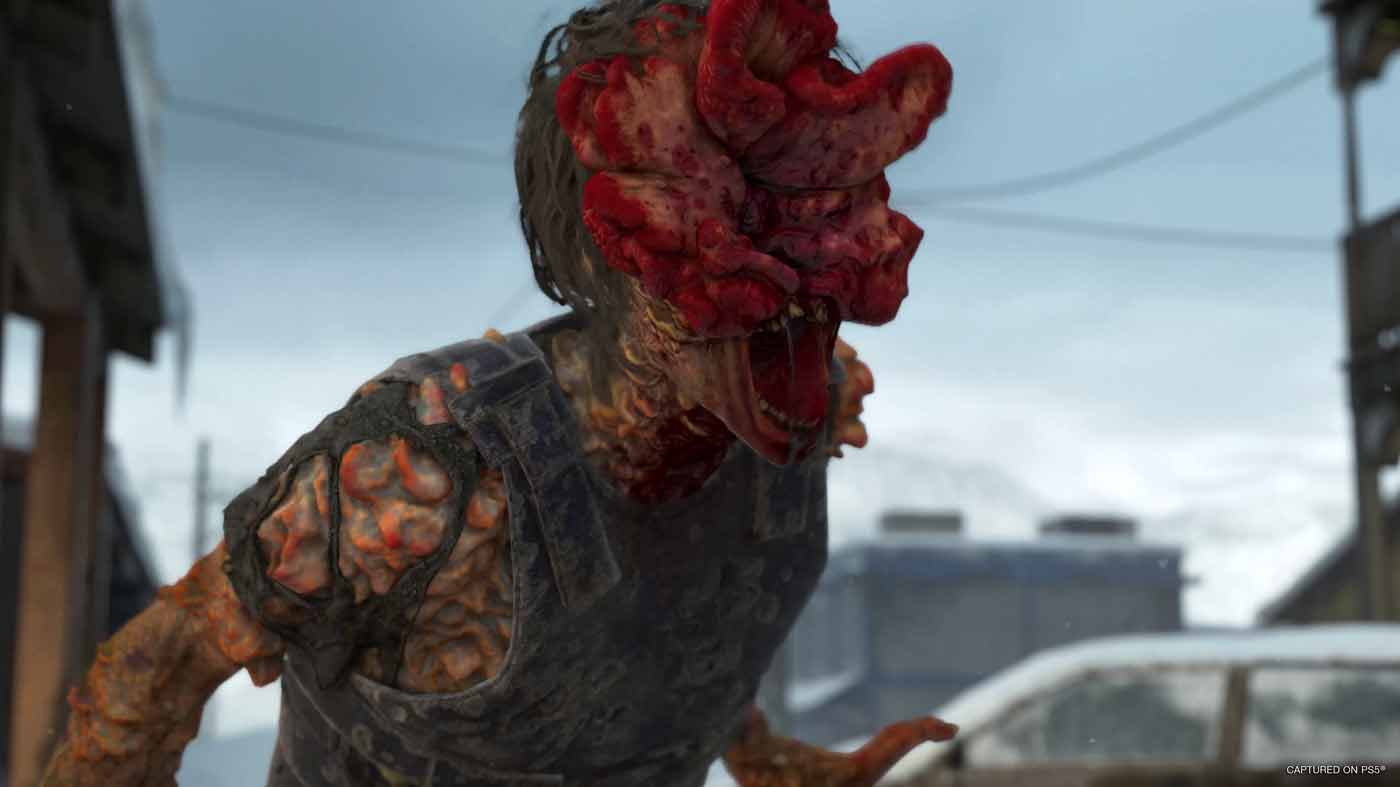
Just as important as ensuring they were mechanically diverse and interesting, it also had to be that these characters were more than just different skins with an assortment of abilities but actually made sense in the context of their journeys in the main story. “For some of those that was easy,” Gallant admits. “Lev is a bow wielder in the main story, so we just made him the stealthy bow character. Tommy has this iconic sniper rifle that he uses in the main story, we’ve given him that same gun in No Return. So some of those are just easy and give us some easy connections.
“Other characters we wanted to dig more into, an example I give us Dina. Her specialty is crafting, and if you remember in the main story she is crafty, she fixes the WLF radio that lets them listen in on the broadcasts. We have Yara and Yara’s trait is that she always has her brother Lev as a companion. So it’s like a two-for-one deal. You always have a buddy playing during the fights and that’s true to Yara’s character in the main story, her motivation in the main story is her love for her brother and that connection. So I’m really happy with where we ended up with our roster, I think we managed to fit both of those very well. And that each of these characters not only has a unique strength that is fun to play mechanically, but also is very resonant with who that character was in the story, and because of that players who love these characters will find a lot of fun playing as them.”
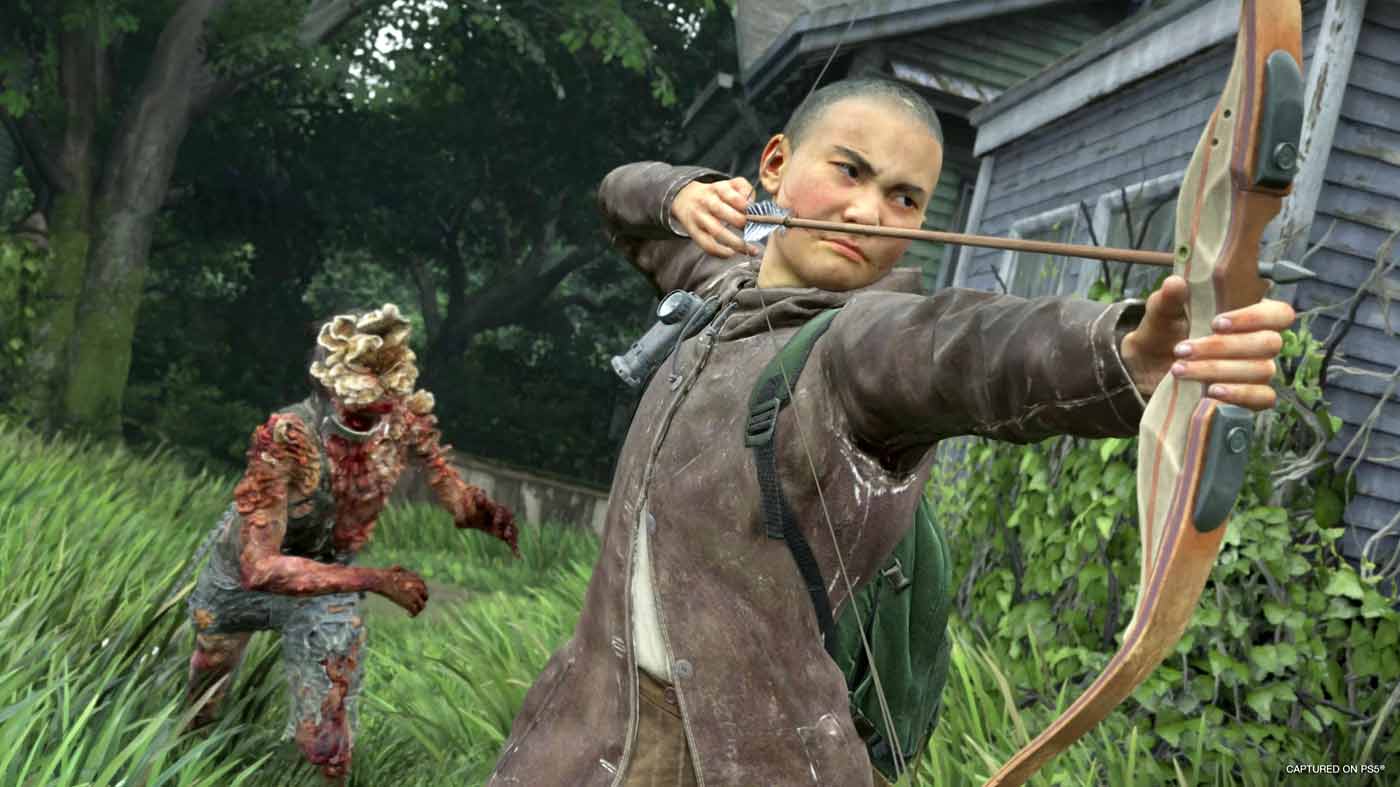
No Return is, of course, just one new addition in the overall package that is The Last of Us Part II Remastered, with other fun modes like Guitar Freeplay or the ultra-insightful and playable Lost Levels content that walks players through a selection of bits that never made it into the final game. Plus, for newcomers or returning fans the entire main game has had a facelift to take advantage of the power of the PS5, so there’s plenty of reason to pick it up for the first time or grab the $20 digital upgrade from the PS4 version.
See our full review, more guides and other content for The Last of Us Part II Remastered right here.


